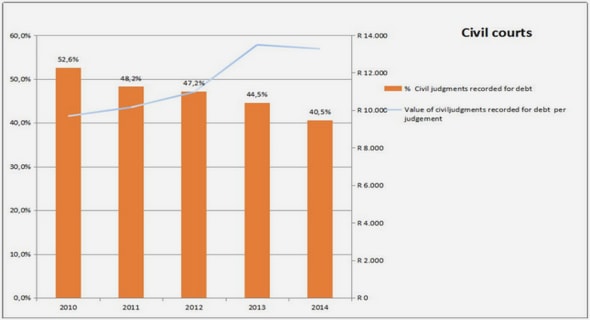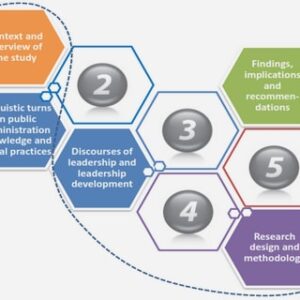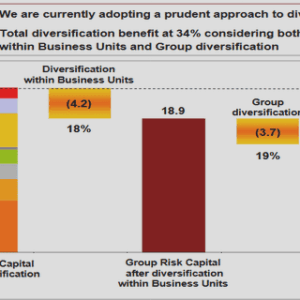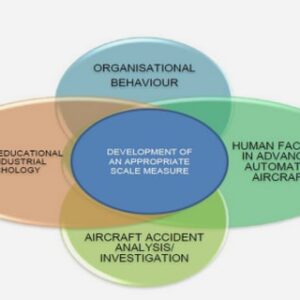(Downloads - 0)
For more info about our services contact : help@bestpfe.com
Table of contents
1 Introduction
1.1 Background of the Study
1.2 Statement of the Problem
1.3 Research Aim and Objectives
1.4 Research Scope and Delimitation
1.5 Justification for the Study
2 Theoretical Background
2.1 Theoretical Framework
2.1.1 Social Technical System Theory
2.2 Literature Review
2.2.1 Management Support
2.2.2 Technical Experts Support
2.2.3 Funding
2.2.4 Users’ Security Awareness
2.3 The Concept of Information Security Risk Management
2.4 Information Security Risk Management Process
2.5 Cybersecurity Challenges (Risks) facing Nigerian Commercial Banks
2.6 Risk Assessment Measurement
2.7 Variables used to measure the above concepts
2.7.1 Dependent and Independent Variables
2.8 Factors Influencing the Implementation of ISRM in Nigerian Commercial Banks
2.8.1 User Information security Awareness and Training
2.8.2 Information Security Policy
2.8.3 Information Security Training Programs
2.8.4 Technical Experts’ Support
2.8.5 Motivation of Employees
2.8.6 Management Commitment and Support
2.8.7 Funding
2.9 Summary of the Theoretical Framework.
3 Research Methodology
3.1 Research Philosophy and Positivistic Paradigm.
3.2 Research Design
3.3 Population of the Study
3.4 Sampling Design
3.5 Data Collection Method
3.5.1 Qualitative Data
3.5.2 Quantitative Data
3.6 Research Model
3.7 Data Analysis and Presentation
3.8 Ethical Considerations
4 Result
4.1 Research Questionnaire Administration
4.2 Background Statistics and Demographics
4.2.1 Respondents Percentage Distribution of Staff Cadre
4.2.2 Percentage Distribution of Departmental Staff
4.2.3 Percentage Distribution of Working Experience
4.2.4 Percentage Distribution of Gender
4.2.5 Percentage Level of Education
4.3 Relationship between the Independent Variables and Dependent Variable
4.4 Joint Contributions of the Variables on ISRM
4.5 Relative Contribution of the Variables
5 Analysis and Discussions
5.1 Qualitative Interview Transcript
5.2 Descriptive Statistics Analysis of the Variables
5.3 Multiple Collinearity
5.4 Regression Analysis
5.5 Survey Data, 2022
5.6 Source: Research Data, 2022
5.7 Multiple Regression Analysis
5.8 Logistic Regression Summarization
6 Summary, Conclusion, and Recommendation
6.1 Summary
6.2 Conclusion
6.3 Recommendations
6.4 Limitations of the Study
6.5 Suggestions for Further Studies
REFERENCES




